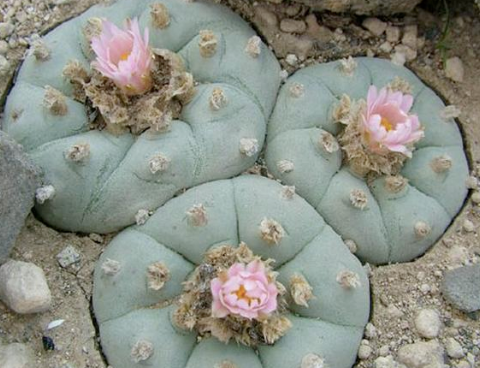Climate of the Sahara Desert. The peyote cactus is a native of the Chihuahuan Desert of North America.

Lophophora Williamsii Plants Succulents Cactus
It does not grow naturally on any other continent.
. Native Saharan tribes use peyote from this plant in their spiritual rituals. It is believed that the native tribes of the desert used the cactus in. Cacti are strictly natives of.
It is a species of prickly pear cacti and could grow to be up to 165 feet tall. African Peyote Cactus Plant. The cactus has very thick stems helping it store water for a long time.
Cactus - The Sahara Desert Cactus - The African Peyote cactus has thick stems which helps the plant hold back water for a long time. The cactis leaves turn to spines which helps it from losing its water from evaporation. Less than 10 inches per year.
Its one of the few cacti species that can even thrive in the Sahara. - Wihout these two caracteristics the cacti would not survive in the desert. The stems prevent it from evaporating of water from the leaves.
Its leaves are reduced to spines and this helps decrease the rate at which the plant loses moisture in the air. African peyote cactus in the sahara desert Ditulis lich Jumat 10 Juni 2022 Tulis Komentar Edit For Australia the EE20 diesel engine was first offered in the Subaru BR Outback in 2009 and subsequently powered the Subaru SH Forester SJ Forester and BS OutbackThe EE20 diesel engine underwent substantial changes in 2014 to comply with Euro 6 emissions standards. Over time the African Peyote has adapted to be able to sustain that harsh and dry conditions of the Sahara.
The African Peyote Cactus native to the Sahara is scientifically known as the Lophophora Williamsii. African Peyote Cactus thrives in the desert environment. Date palms were cultivated in the Nile valley thousands of years before the Egyptians.
Some of the adaptations that have allowed it to survive are the thick stems that allow the plant to hold water for a long time and that the leaves have been reduced to spines in order to decrease the. The cactus leaves later turn into thick stems. Peyote is an American cactus that has the right features to do well in Africa.
Its thick stems retain water for long periods of time. -The cactis leaves turn to spines which helps the plant from losing water from evaporation. Another survival strategy of the African peyote cactus is cutting down on water loss which occurs through evaporation.
It does not grow naturally on any other continent. Since it is one of the most widespread cactus plants the opuntia ficus can be found in many deserts throughout the world. Up to 24 cash back The African Peyote Cactus has thick stems which hold water for a long periods of time.
African Peyote Cactus thrives in the desert environment. Without these leaves the cacti will die much quicker since there is not a lot of rain there. Over time the African Peyote has.
Its spiny leaves help prevent water loss because of evaporation.
Flora In The Sahara Desert African Peyote Cactus And Umbrella Thorn Acacia The Sahara Desert

61 African Peyote Cactus Stock Photos Pictures Royalty Free Images Istock

Sahara Desert Recherche Google Oasis Libye Desert
Why Are There No Cacti In The Sahara Desert Quora

Peyote Lophophora Williamsii Blute Fur Seine Hallogenetic Wirkung Gekaut Stockfotografie Alamy

The Sahara Desert Habitat The Sahara Is The Largest Hot Desert By Claire Thomas Natural Habitats Medium
0 comments
Post a Comment